Exploring The Temples of Angkor In 25 Photos
As the bleeding heart of Southeast Asia, the nation has had a rough go of it over the last half-millennium or so with the fall of Angkor in 1431 and, more recently, the U.S. military's carpet bombing of its countryside and its own devastating civil war in the 1970s, in which the Khmer Rouge killed off nearly a third of its populace. The regime's brutal reign of terror left an indelible scar on the Cambodian people, but, despite it all, the nation has emerged stronger than ever.
The greatest symbol of Cambodia’s resilience is none other than Angkor Wat, the 12th century temple located north of modern day Siem Reap, which sits proudly in the center of a blood-red stripe on the national flag. The lavish temple is not only a source of great national pride and much-needed foreign revenue, but it has factored into Cambodia's diplomatic relations with France, the United States and its neighbor Thailand.
You hear about the grandeur of Angkor Wat, but nothing can quite prepare you for that special morning when you watch the saffron sun peek over the world's largest and most audacious religious structure. Spiraling out from Angkor Wat are as many as 200 other equally impressive temples constructed between the 9th and 15th century that collectively comprise the largest-known pre-industrial settlement complex in the world.
You need two memory chips and a bare minimum of three days to navigate the 1,000 square kilometers of the former Khmer Empire, and, while it may be the most hyped set of ruins in the world, it does not disappoint.
Below is a tour of the spectacular ruins in 25 photos -- hardly enough to capture the magnitude of the place, but a fine introduction nonetheless.
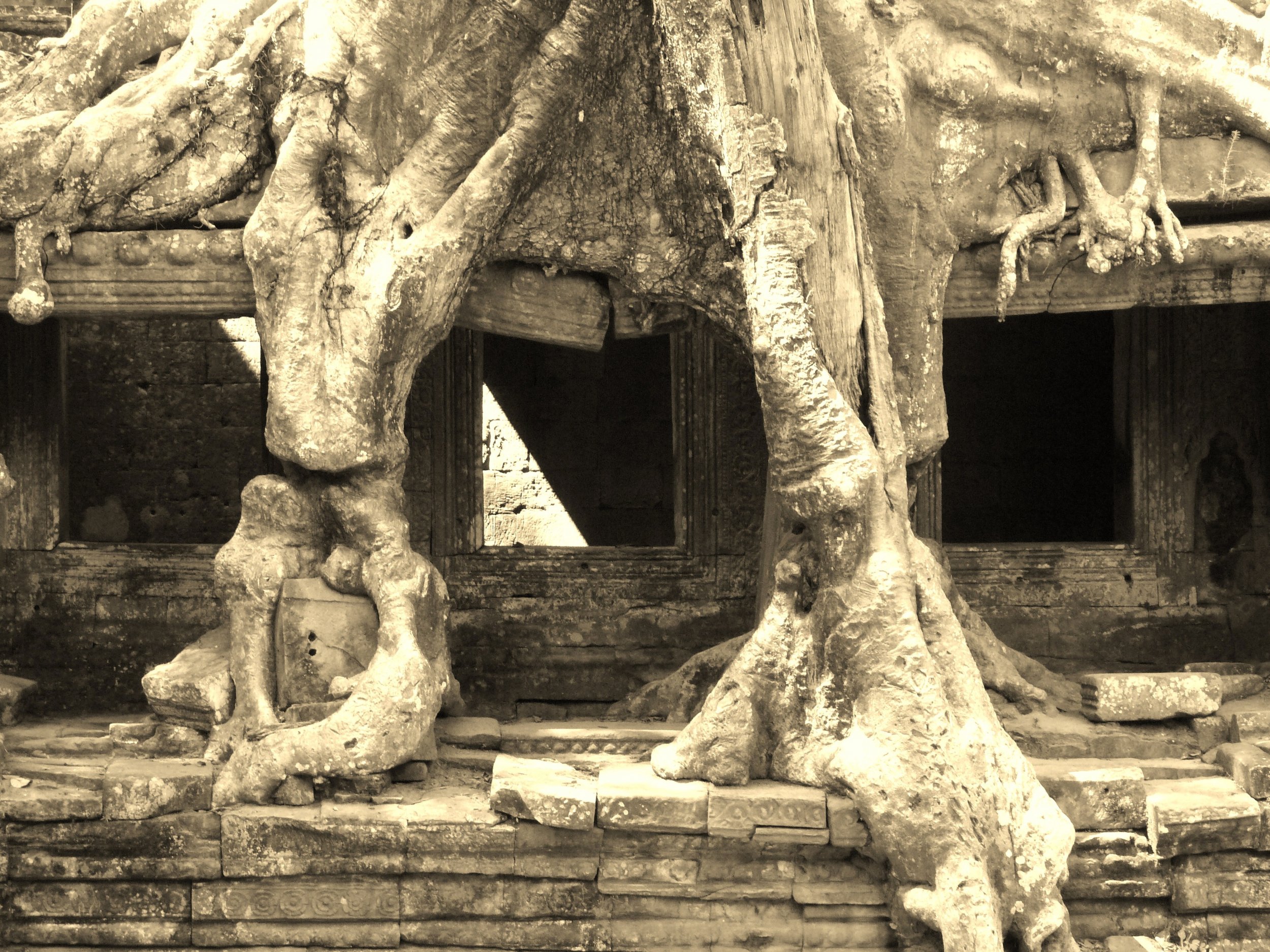
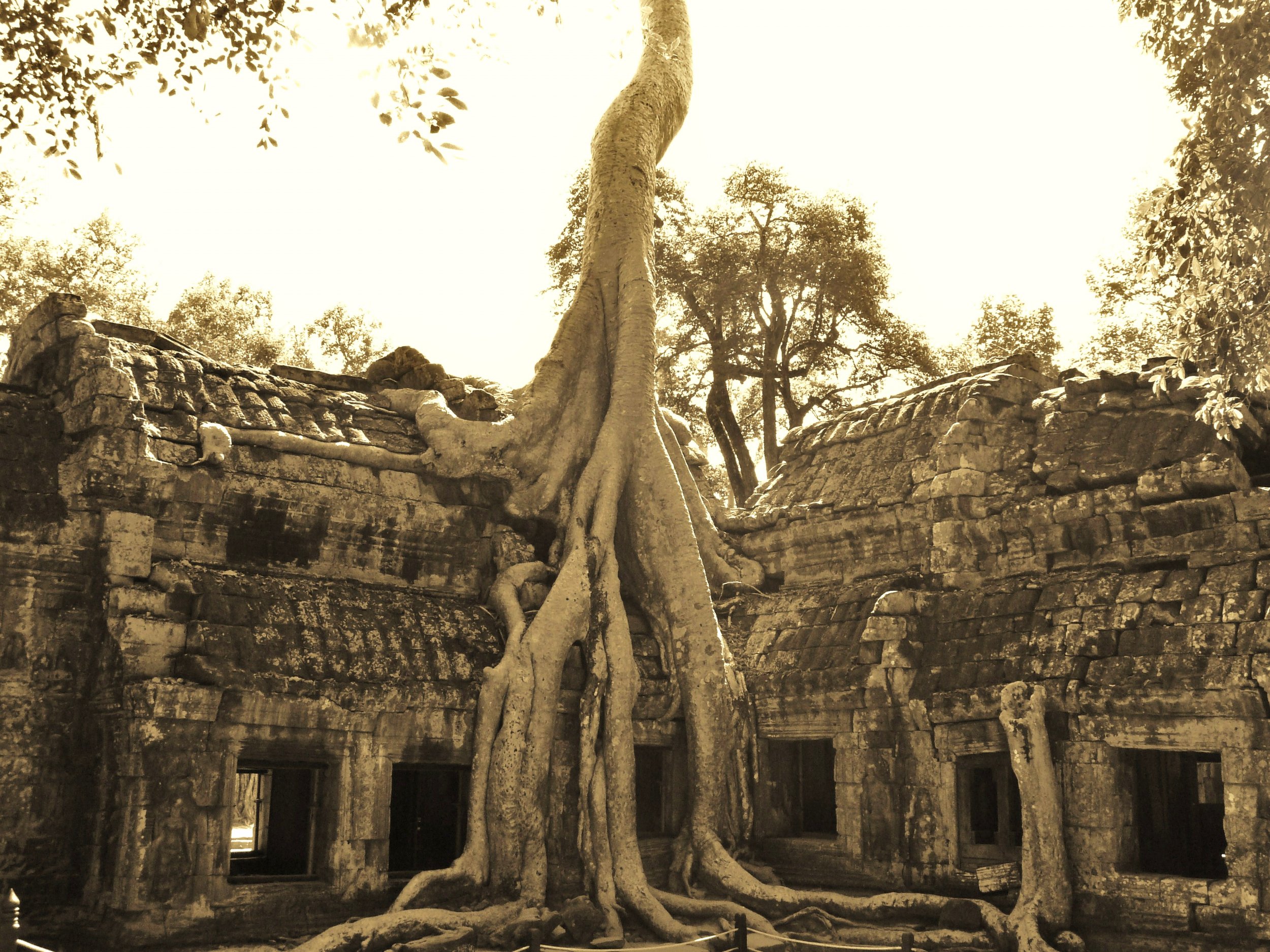







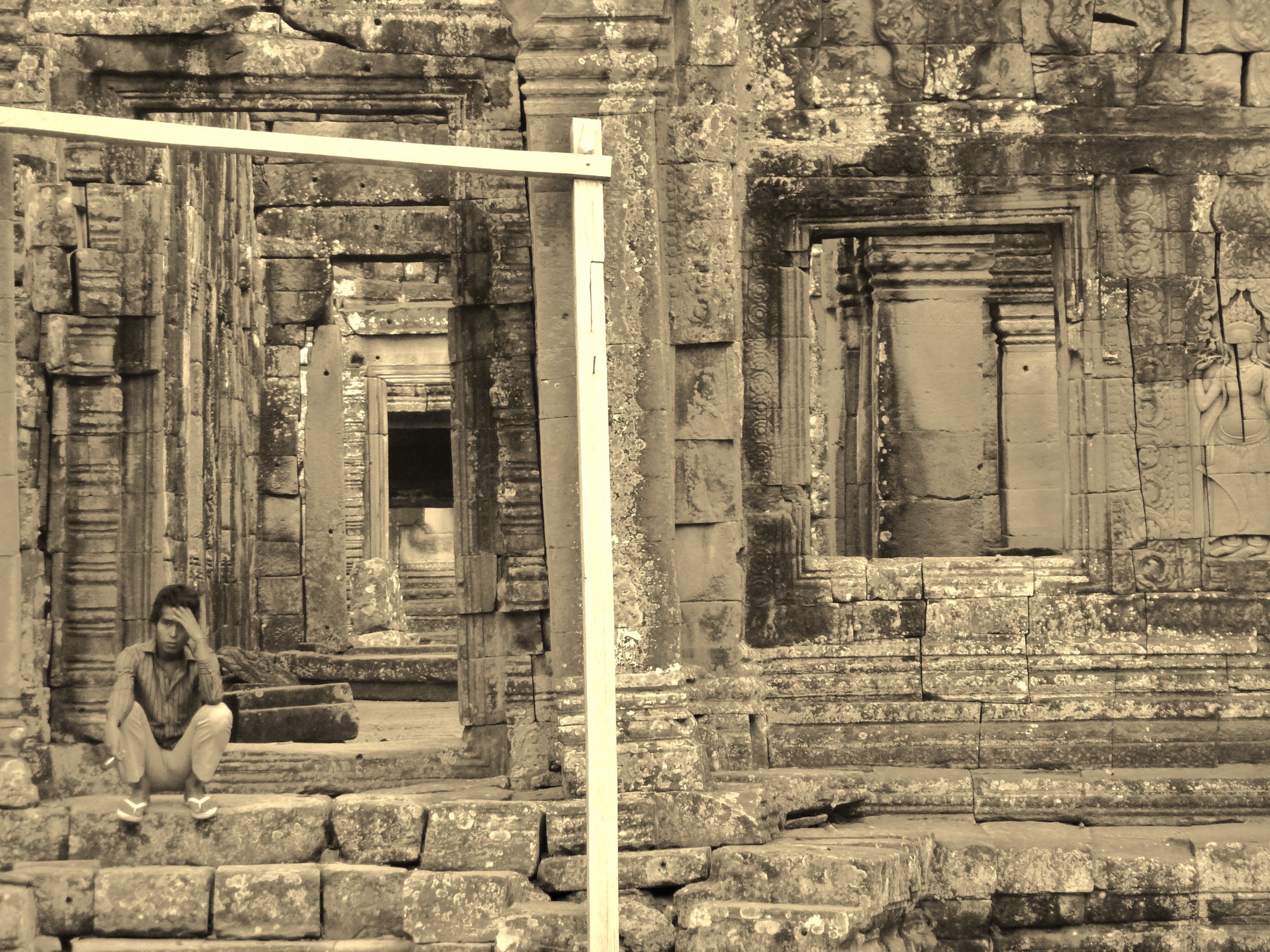
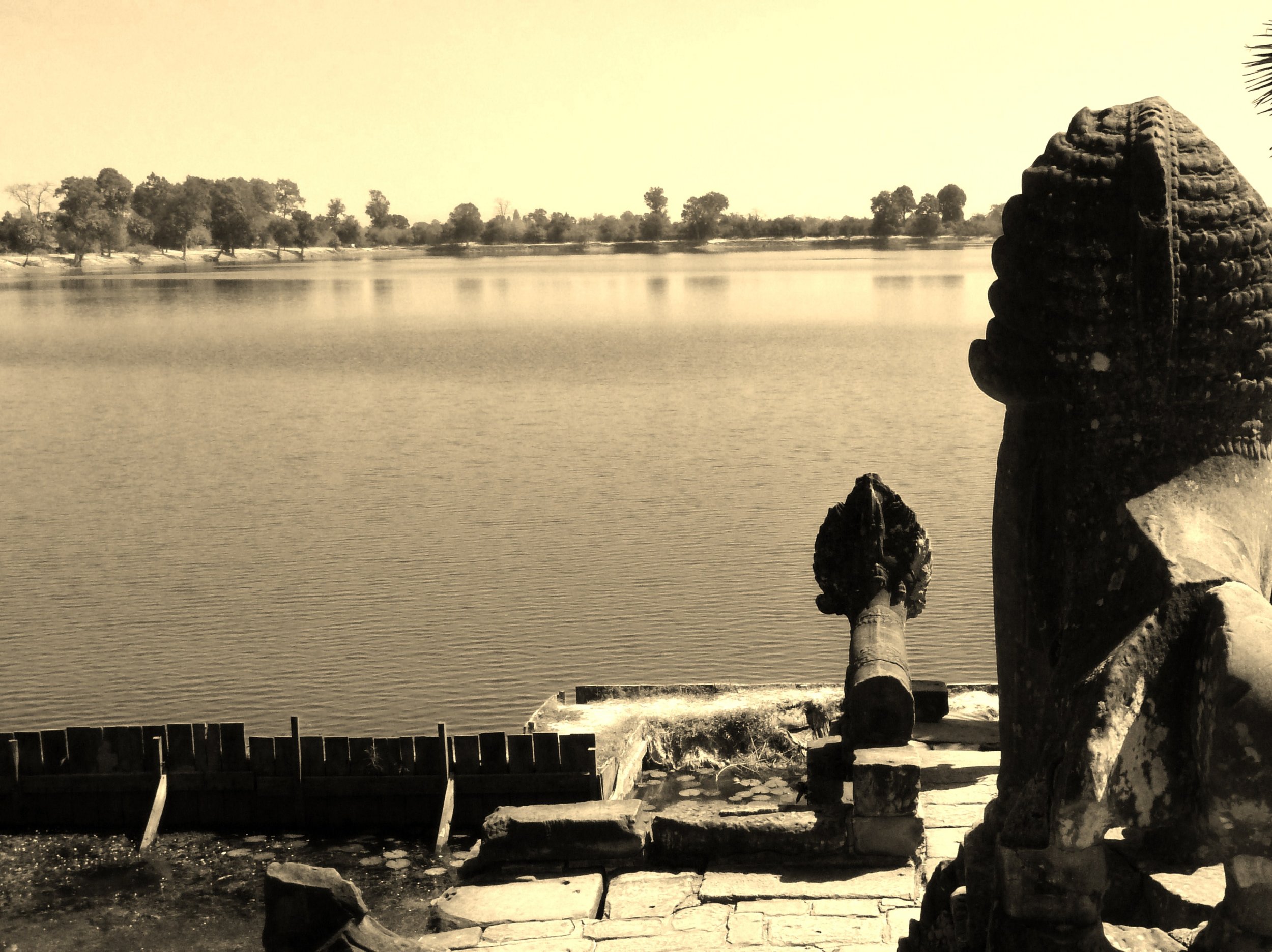






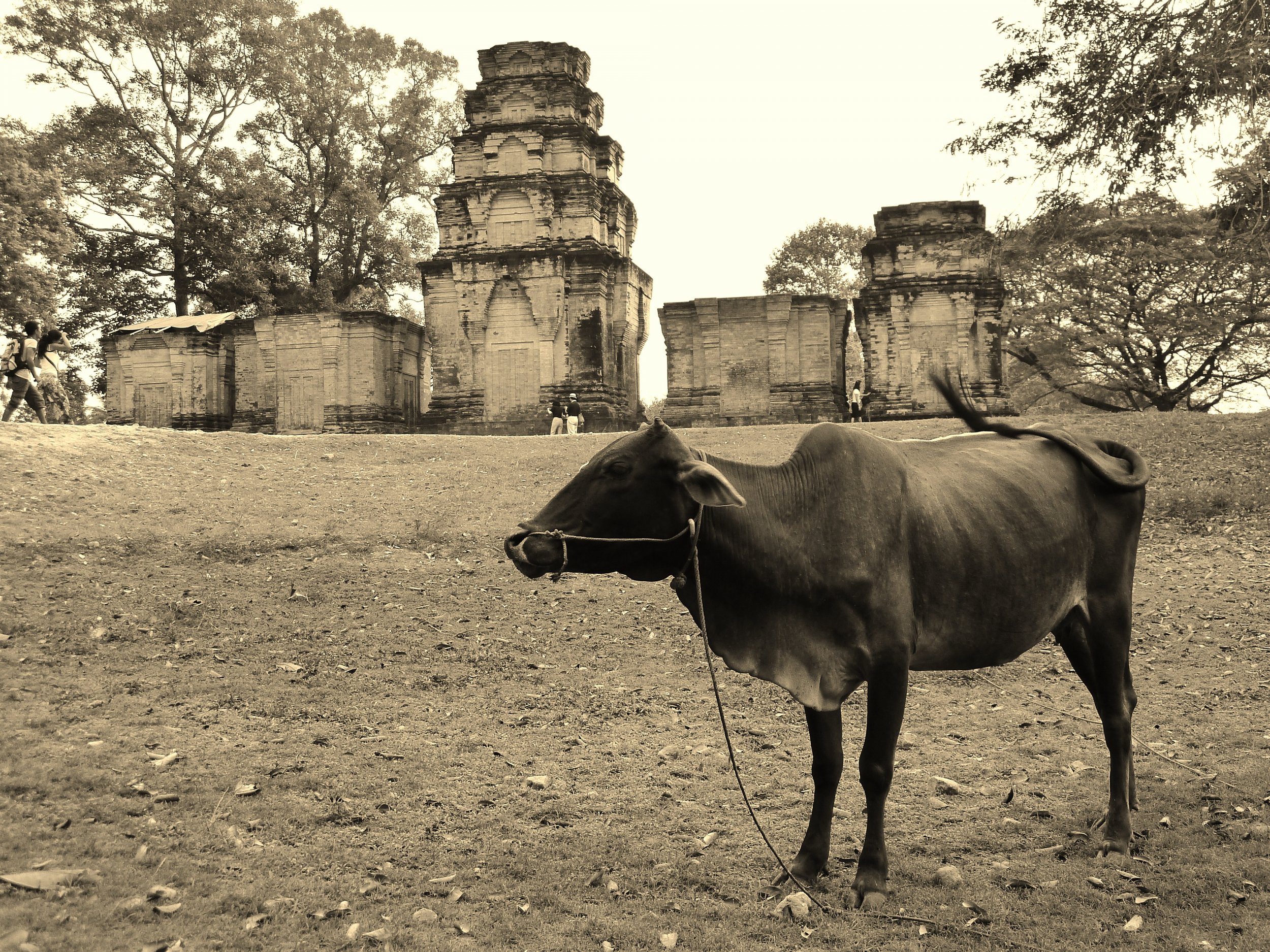

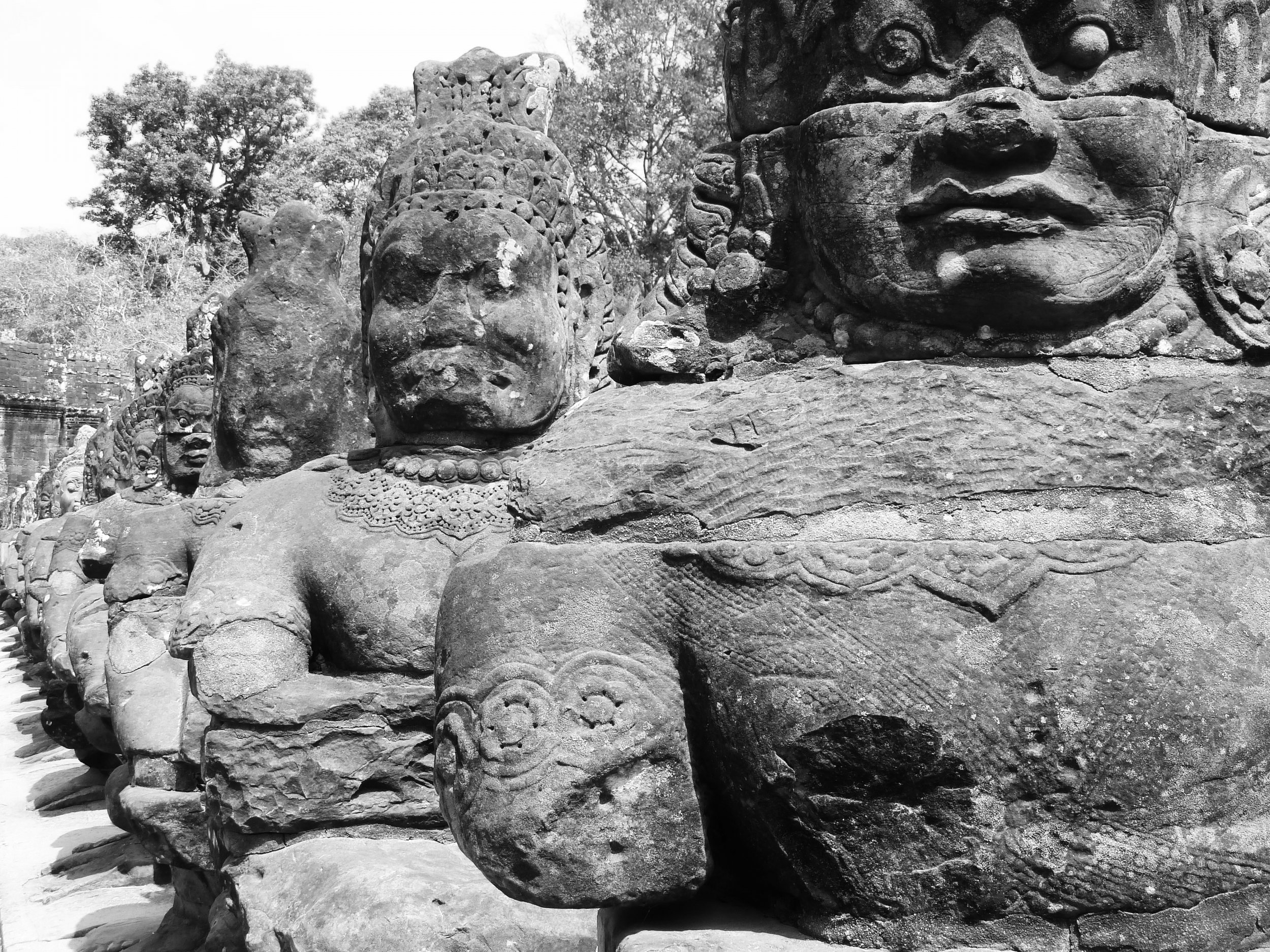

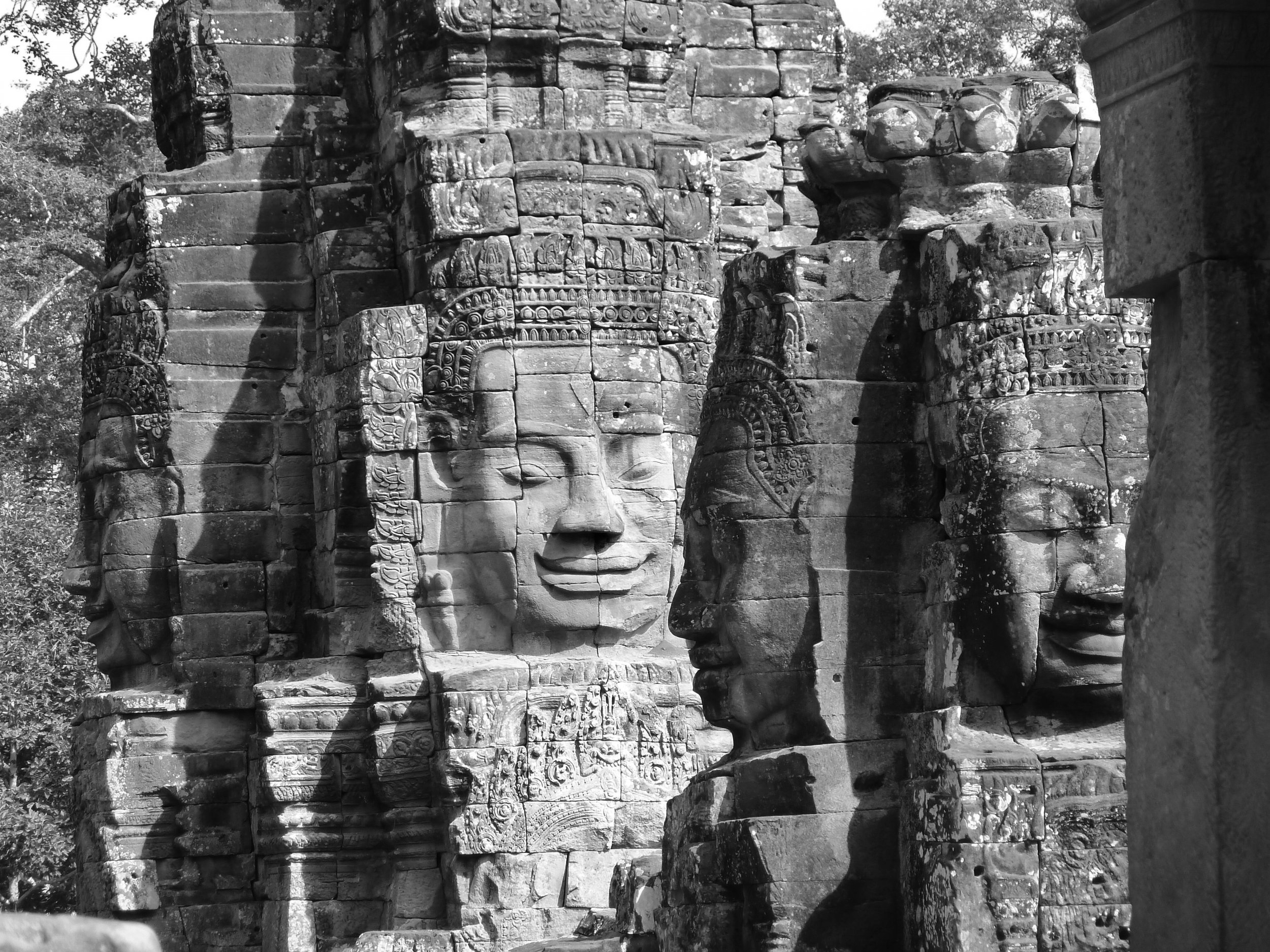


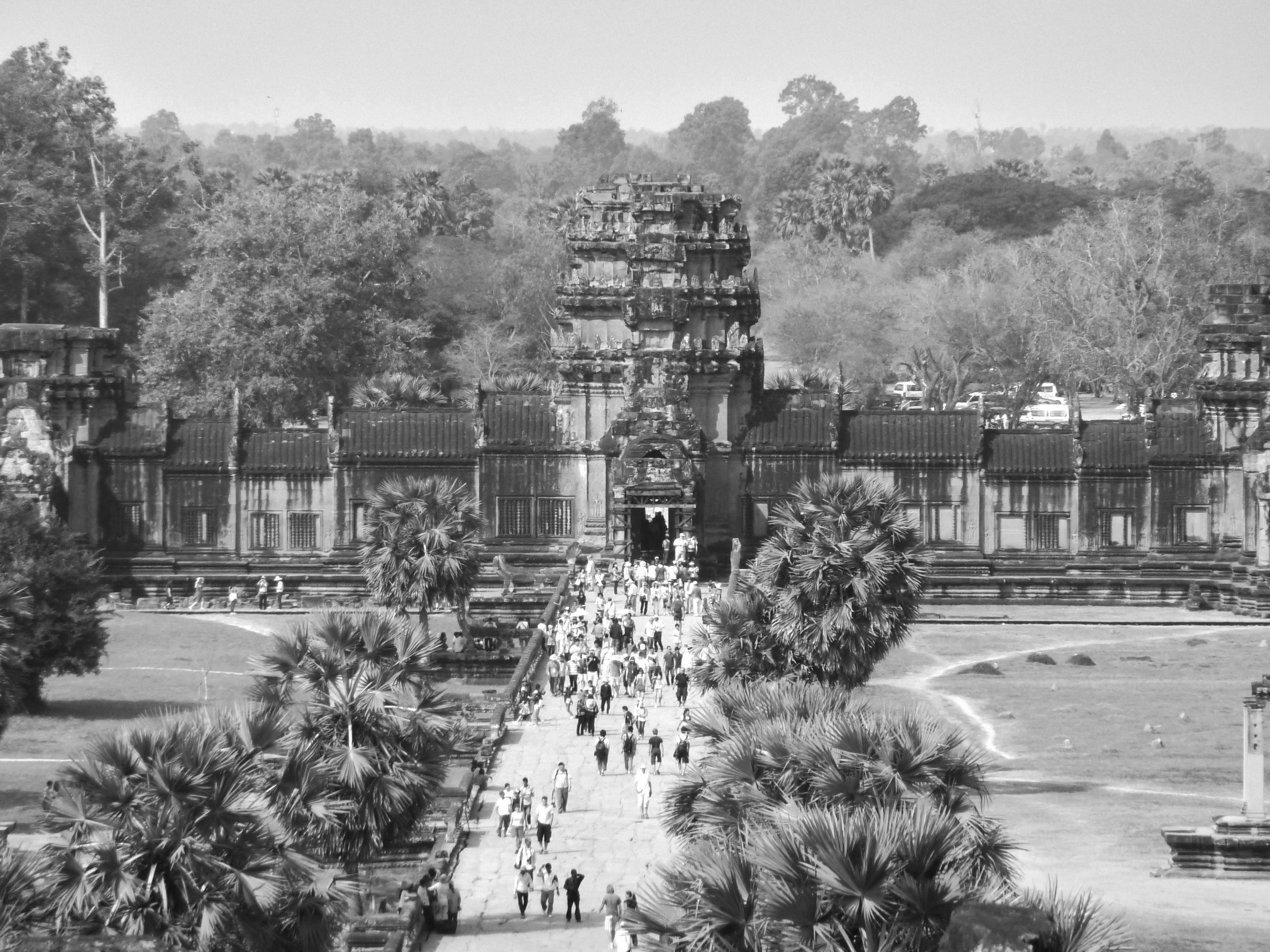
© Copyright IBTimes 2025. All rights reserved.






















